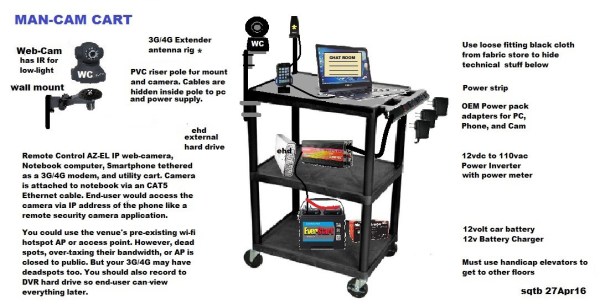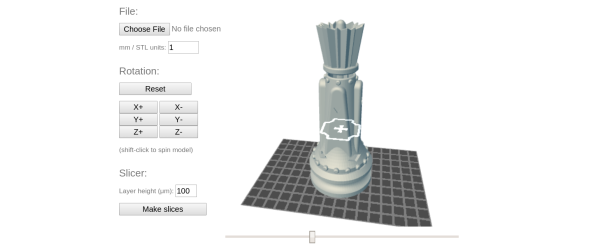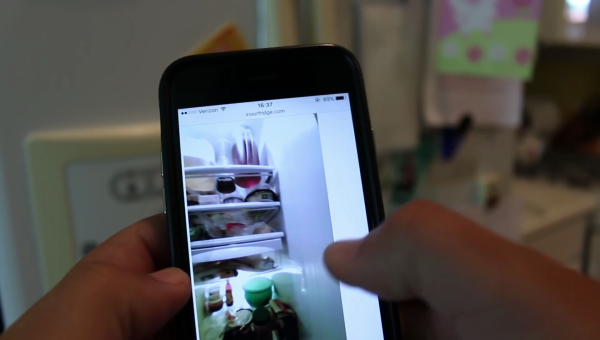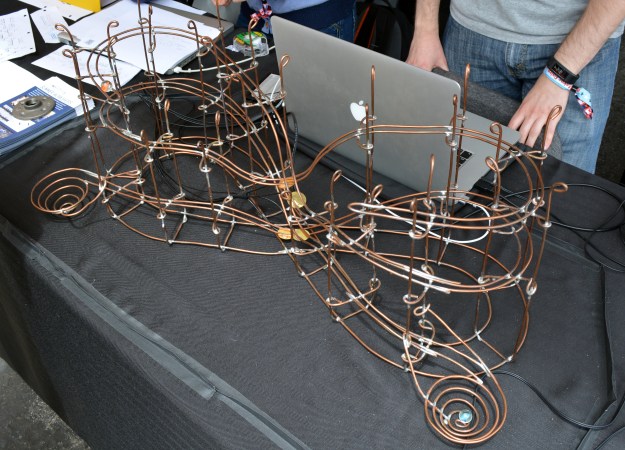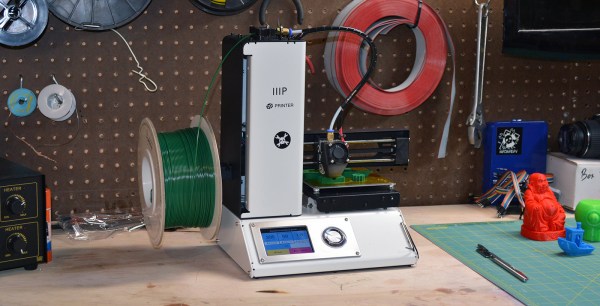With cameras, robotics, VR-headsets, and wireless broadband becoming commodities, the ultimate, mobile telepresence system – “Surrogates” if you will – is just one footstep away. And this technology may one day solve a very severe problem for many disabled people: Mobility. [chris jones] sees great potential in remote experiences for disabled people who happen to not be able to just walk outside. His Hackaday Prize Entry Project Man-Cam, a clever implementation of “the second self”, is already indistinguishable from real humans.
Instead of relying on Boston Dynamic’s wonky hydraulics or buzzing FPV drones, [chris] figured that he could just strap a pan and tiltable camera to a real person’s chest or – for his prototyping setup shown above – onto a utility cart. This Man-Cam-Unit (MCU) then captures the live-experience and sends it back home for the disabled person to enjoy through a VR headset in real time. A text-based chat would allow the communication between the borrowed body’s owner and the borrower while movements of the head are mapped onto the pan and tilt mechanism of the camera.
Right now, [chris] is still working on getting everything just right, and even if telepresence robots are already there, it’s charming to see how available technology lets one borrow the abilities of the other.

